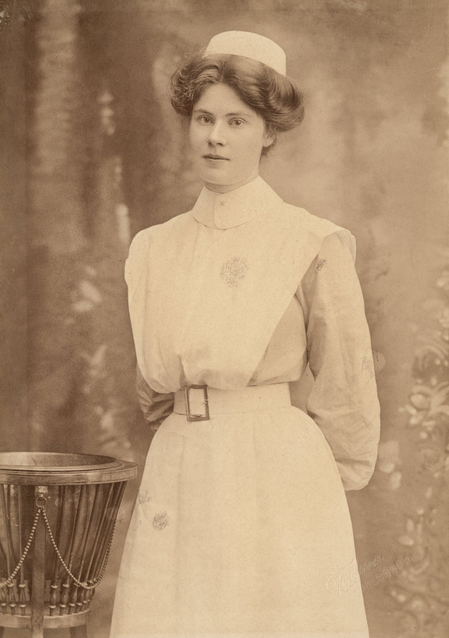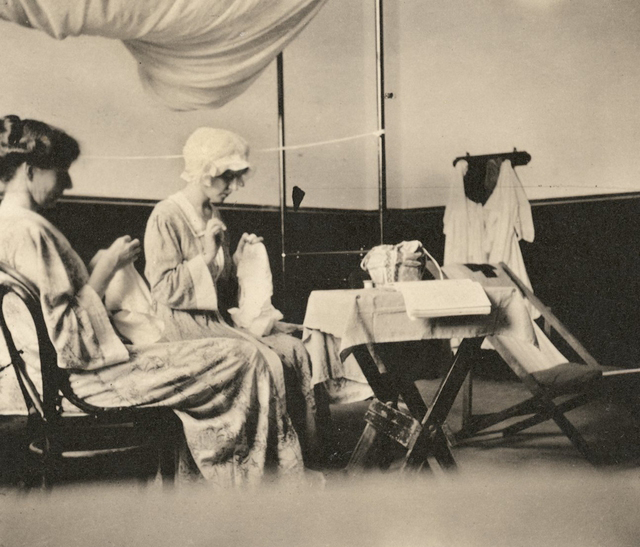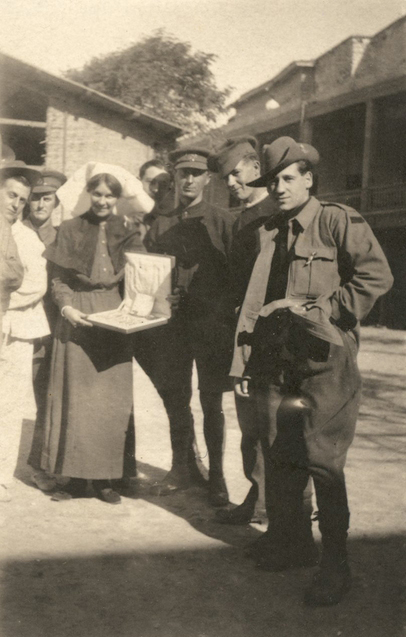Brighton Remembers: WWI Army nurses
More than 3,000 women served as army nurses in World War I. Marjorie Yuille was one of them. You might recognise the name - Yuille Street is named after her family.

In 1916, Marjorie was deployed to France, where she served with the No. 1 Australian General Hospital, tending to sick and wounded soldiers from the Western Front. The conditions were primitive and the work was never-ending - the hospital took in an average of 2,913 patients per month.
That year, France battled through its coldest winter in a century. Thermometers and medicines froze, nurses and doctors suffered frostbite, and the wounded streaming in from the Somme bore injuries no amount of civilian training could have prepared the nurses for: gunshot and shrapnel wounds, trench foot, poison gassing and shellshock.
But in amongst the fear and chaos, strong bonds of friendship also formed. Marjorie’s photos show her enjoying peaceful moments sewing with her fellow nurses and smiling with Australian soldiers as she opens a Christmas present from her sister.

After the war, Marjorie and Henry settled down in Toorak, where they had four children - Nicholas, Clarissa, Jean and Henry Junior.
When a second war was declared in Europe in 1939, young Henry was quick to follow in his parents' footsteps. Shortly after turning eighteen, he joined the Royal Australian Air Force and was assigned to the 461 Squadron, flying planes over Europe and the Atlantic.
Henry's aircraft was shot down near Bergen, Norway, on 1 October 1944. He was only twenty-one.
Marjorie Yuille
Studio portrait of Marjorie Cross Yuille.
Source: Australian War Memorial, P09381.002.
http://brightonhistorical.org.au/images/articles/marjorie/4269493.JPG
Nurse Mary Mackenzie Finlay and Marjorie Yuille sewing in Marjorie’s room.
Source: Australian War Memorial, P09381.004.
http://brightonhistorical.org.au/images/articles/marjorie/4269495.JPG
Marjorie surrounded by Australian soldiers as she holds a newly opened Christmas gift.
Source: Australian War Memorial, P09381.005.
http://brightonhistorical.org.au/images/articles/marjorie/4269496.JPG
A photo from Marjorie’s collection, showing nurses swimming off the side of a boat.
Source: Australian War Memorial, P09381.009.
http://brightonhistorical.org.au/images/articles/marjorie/Untitled-1.png
Studio portrait of Marjorie after her marriage to Henry Hume Turnbull.
Source: Australian War Memorial, P09381.003
http://brightonhistorical.org.au/images/articles/marjorie/Untitled-2.jpg





